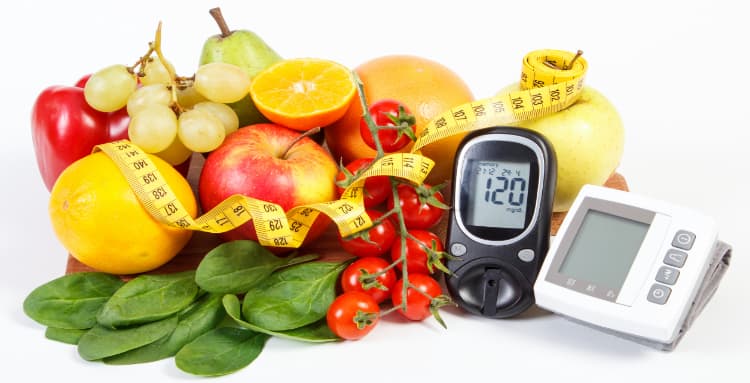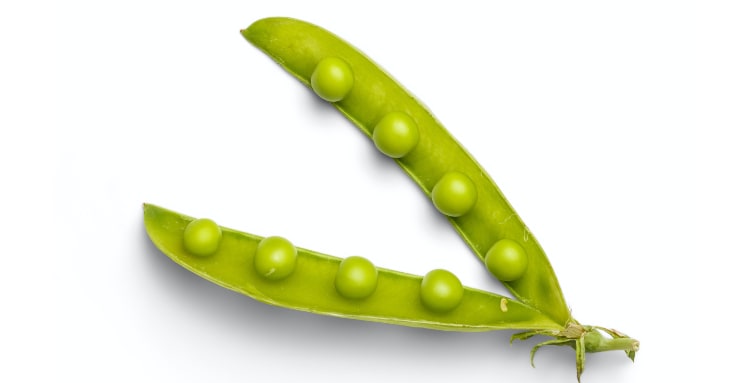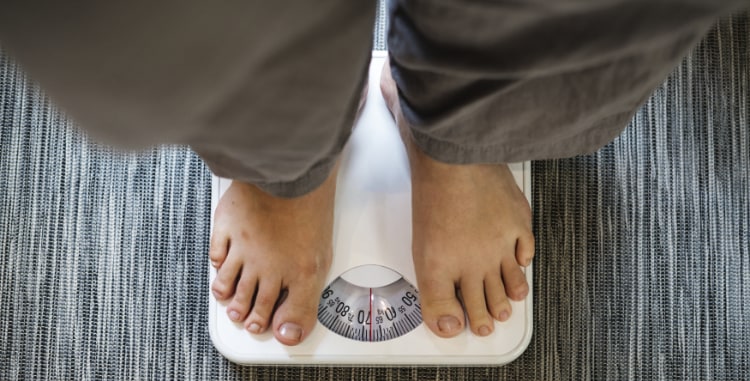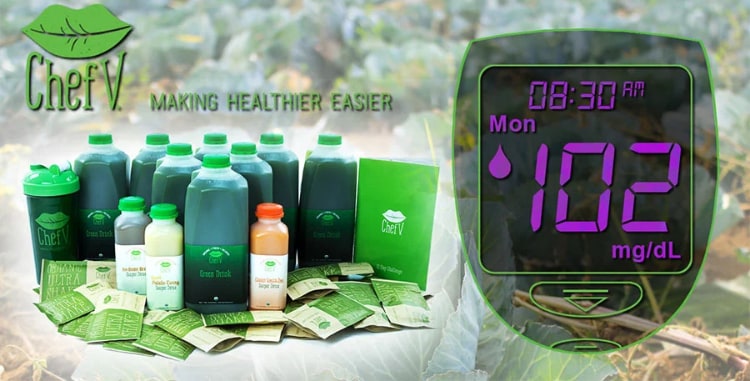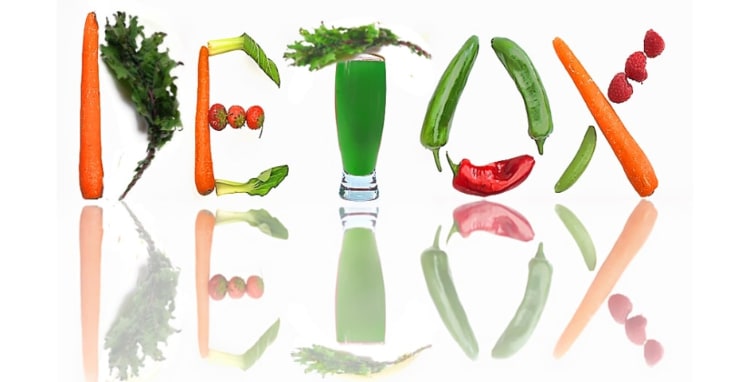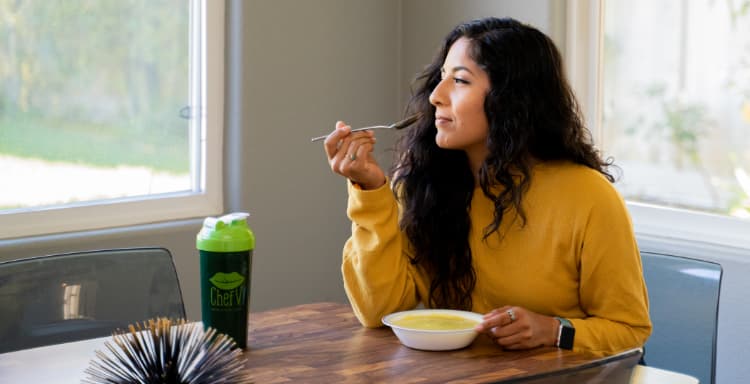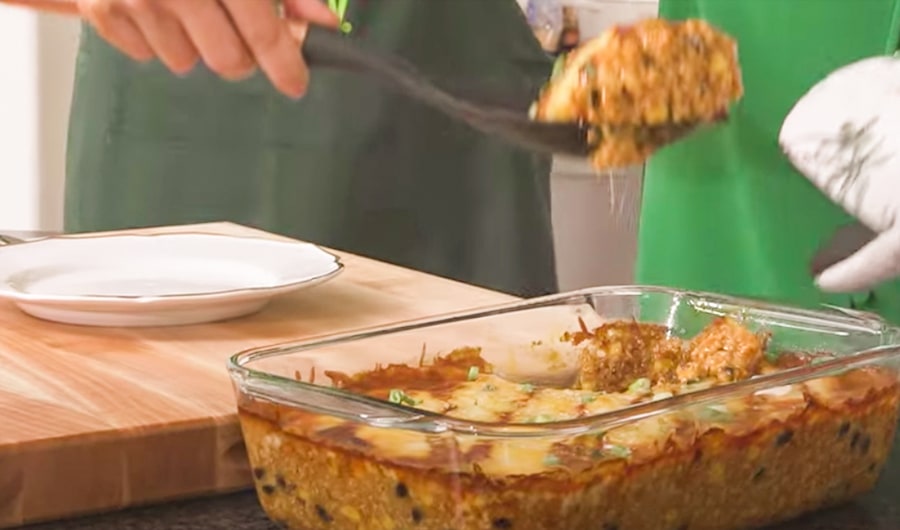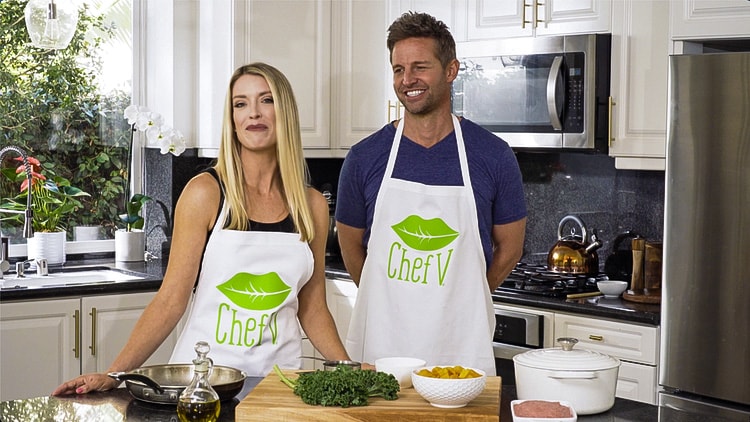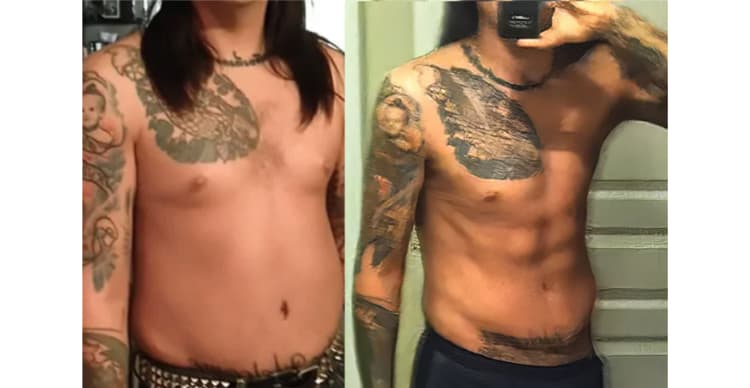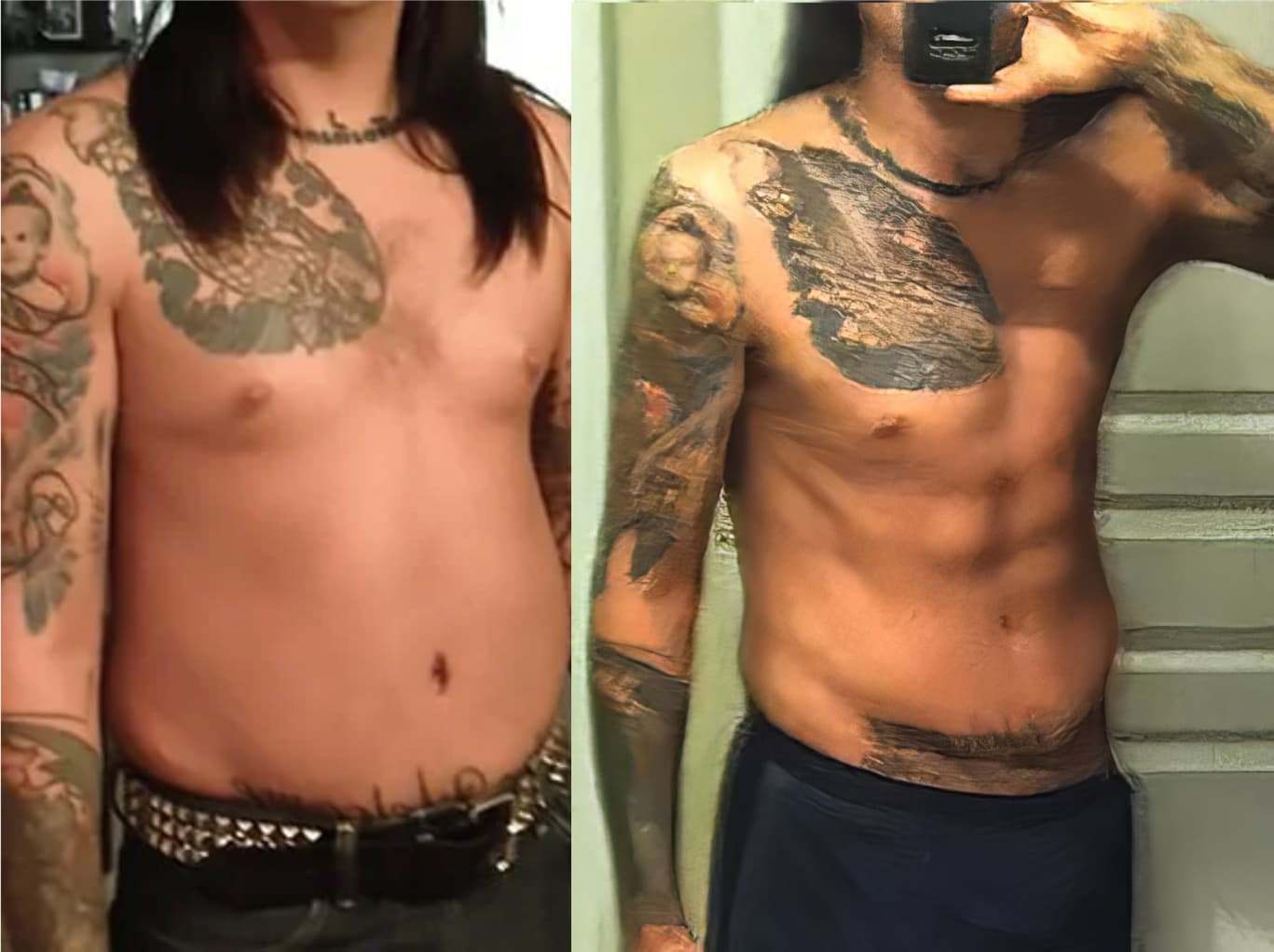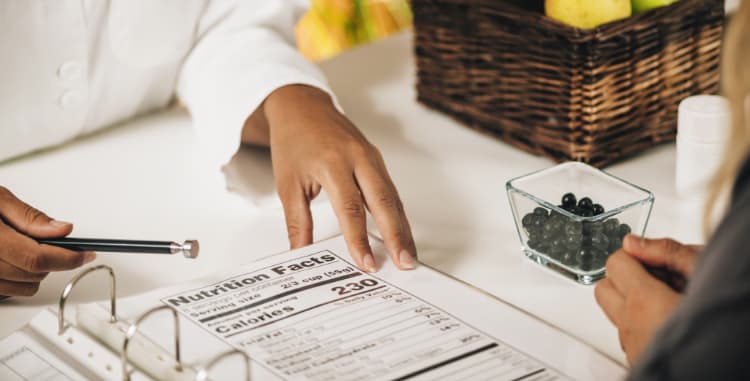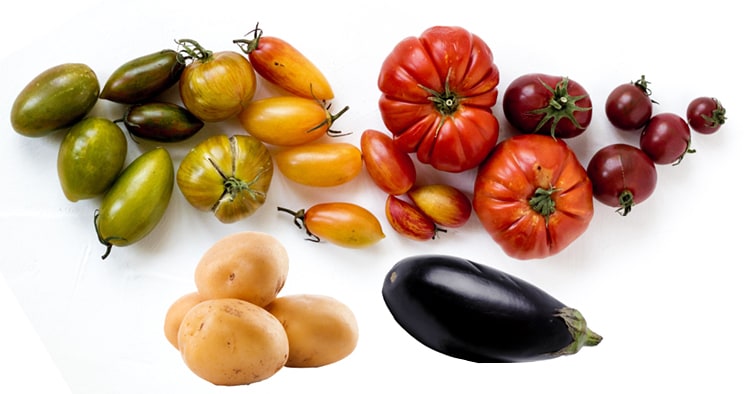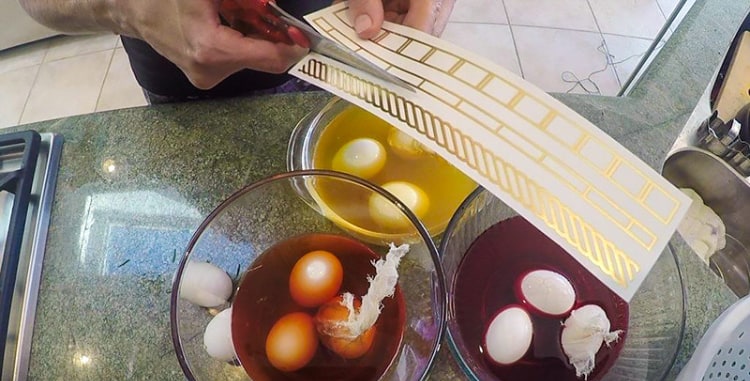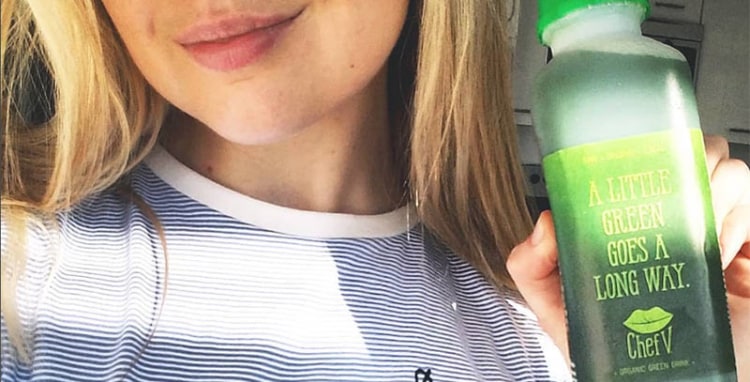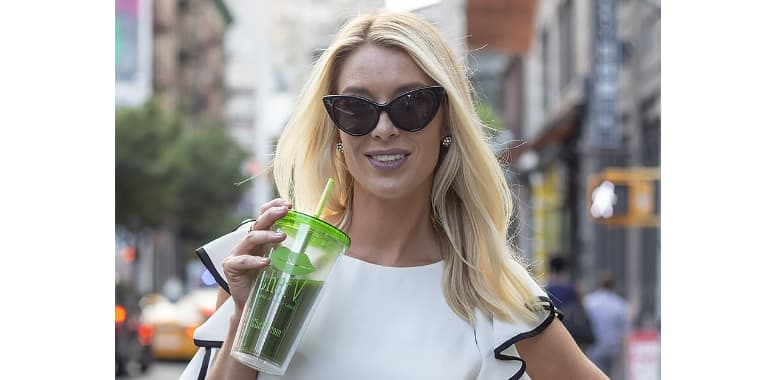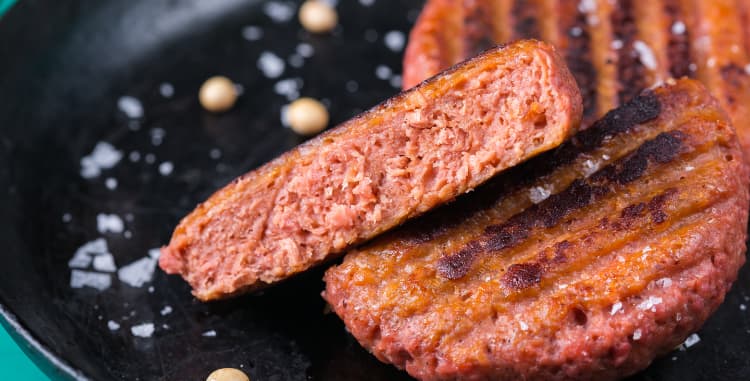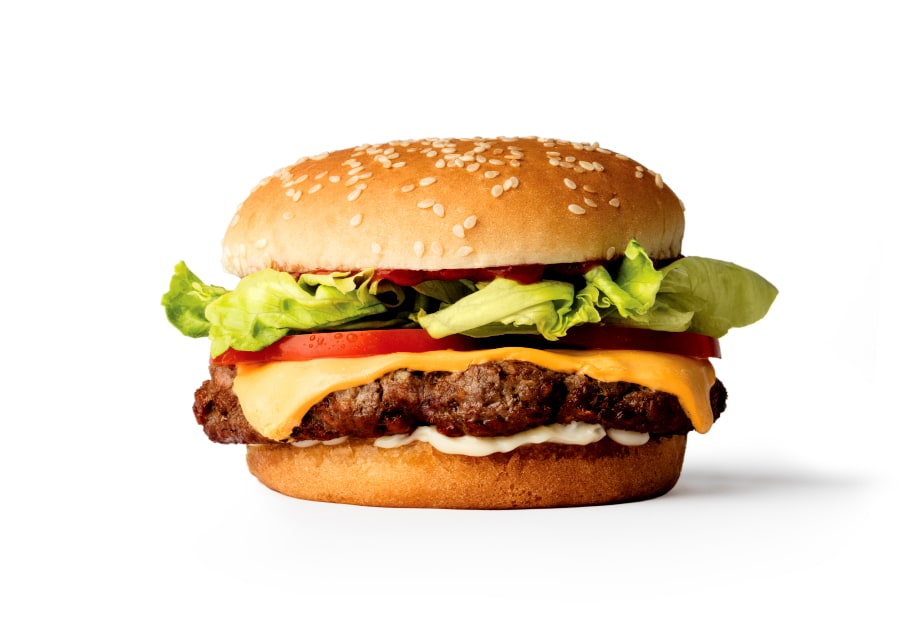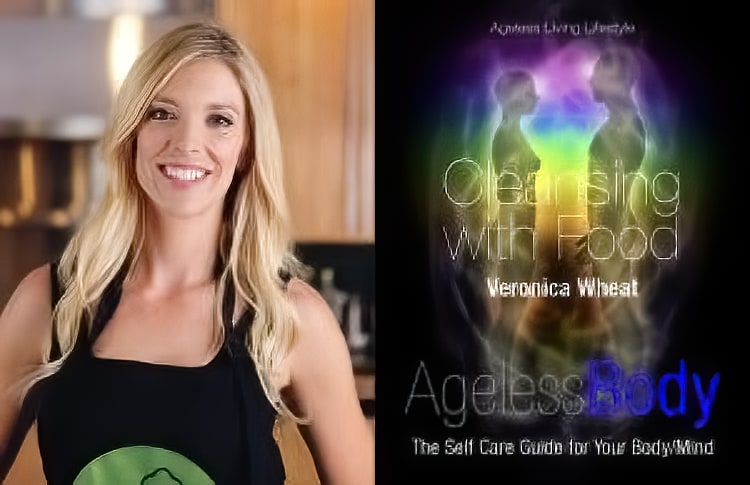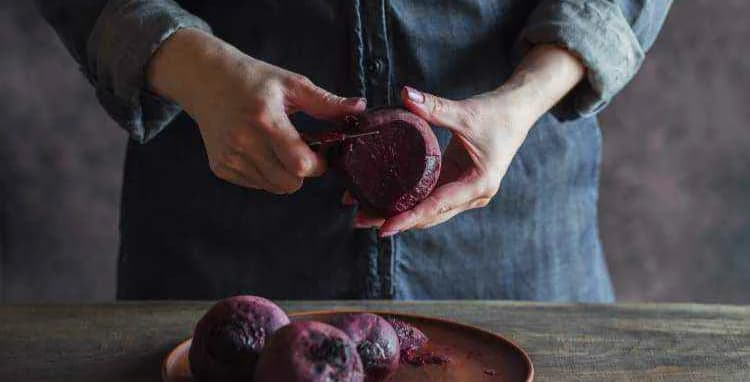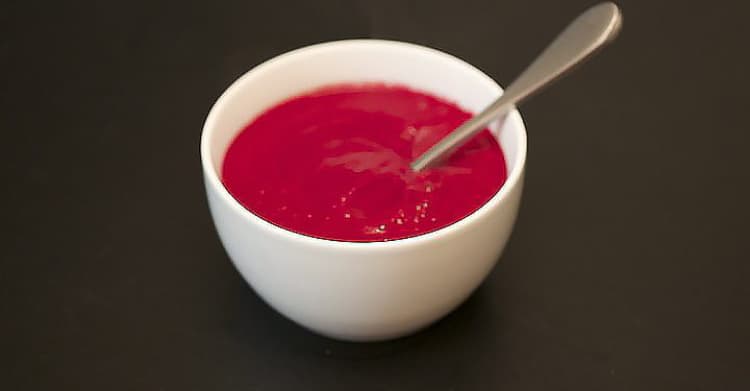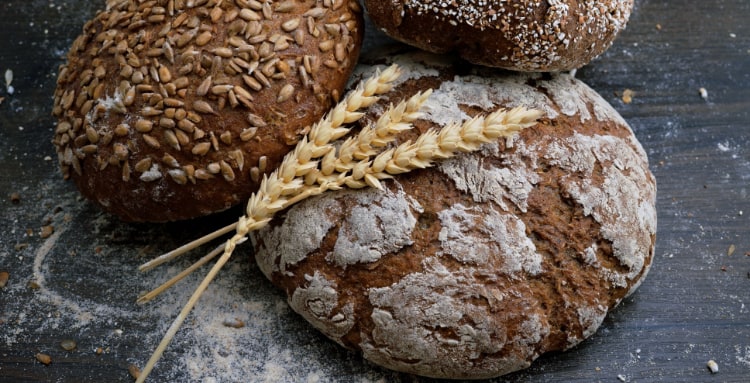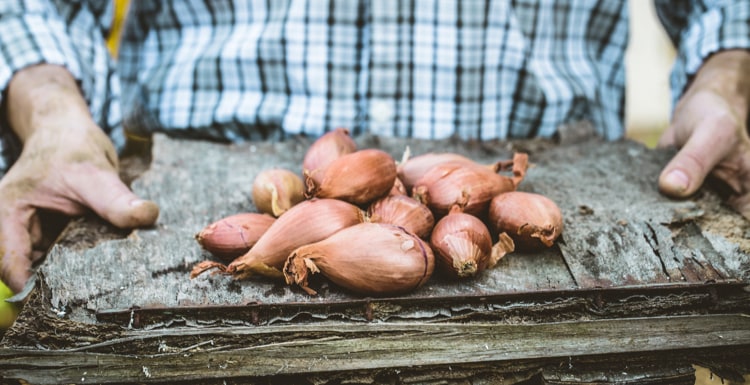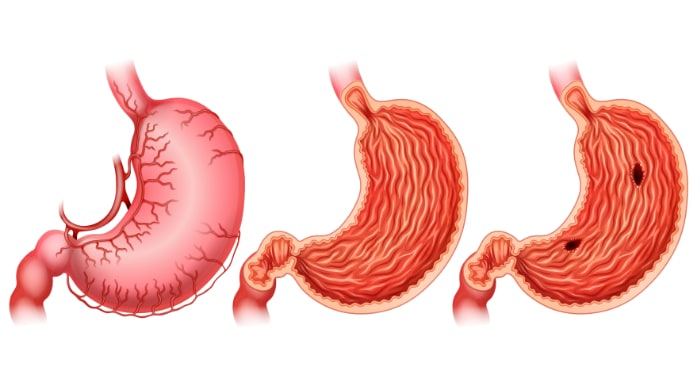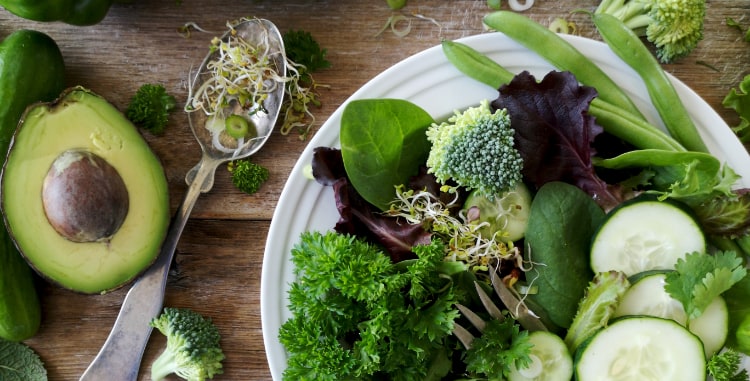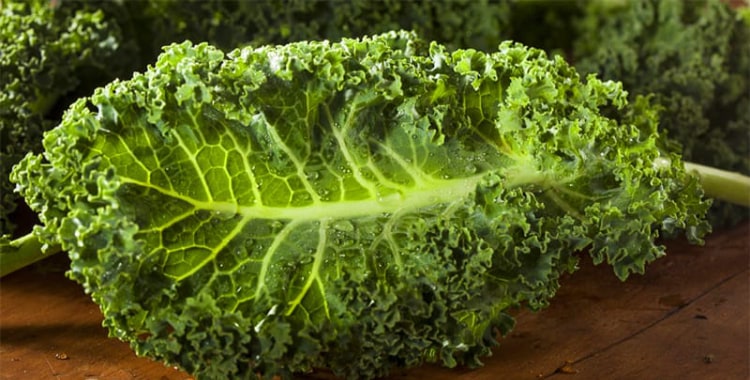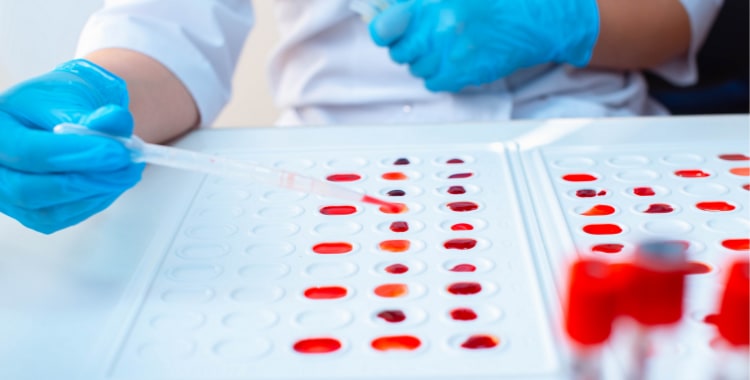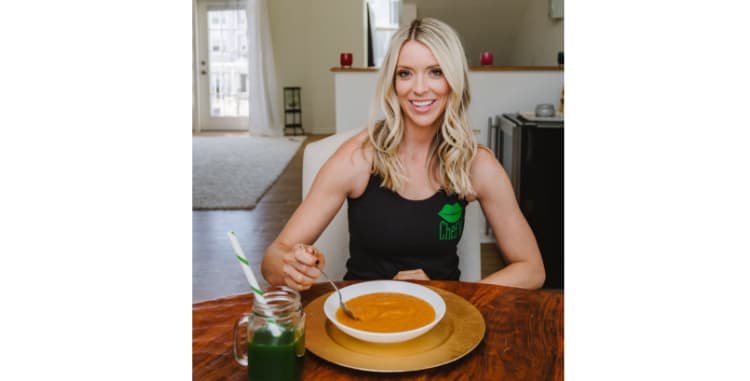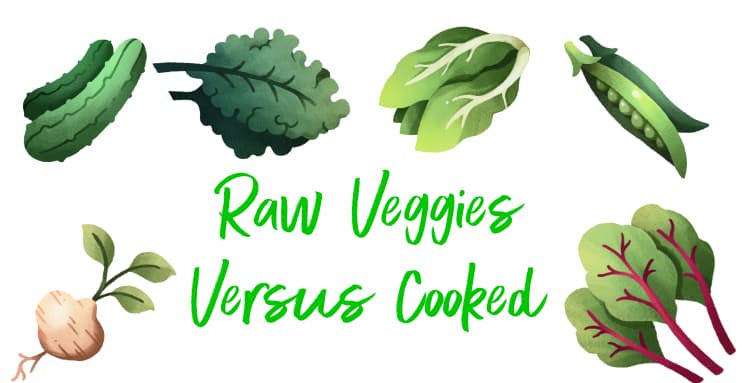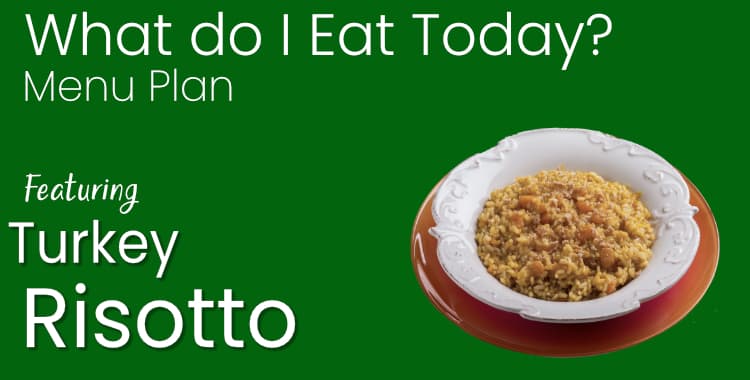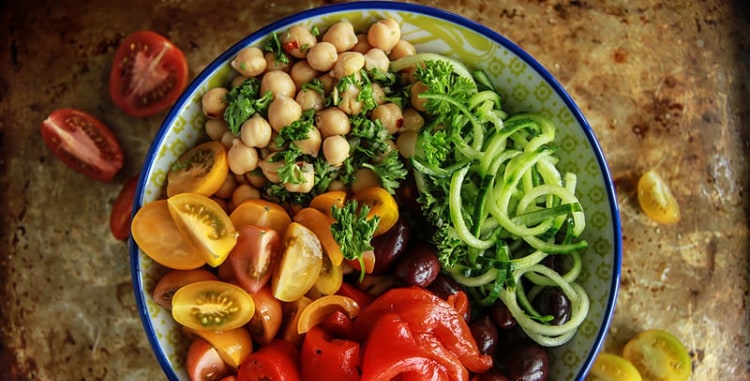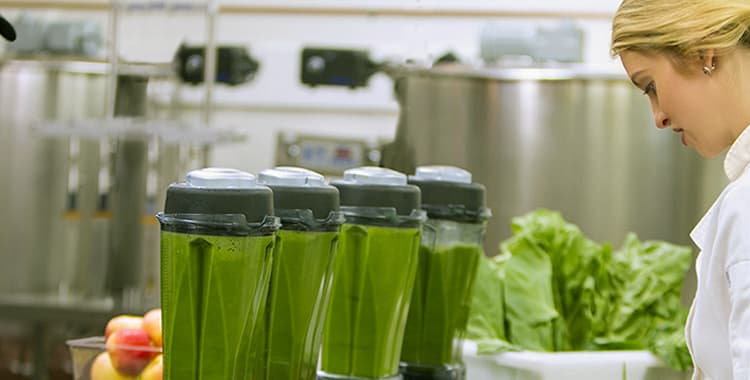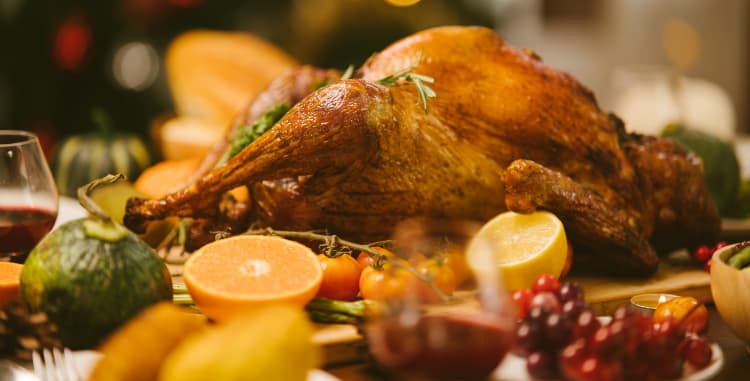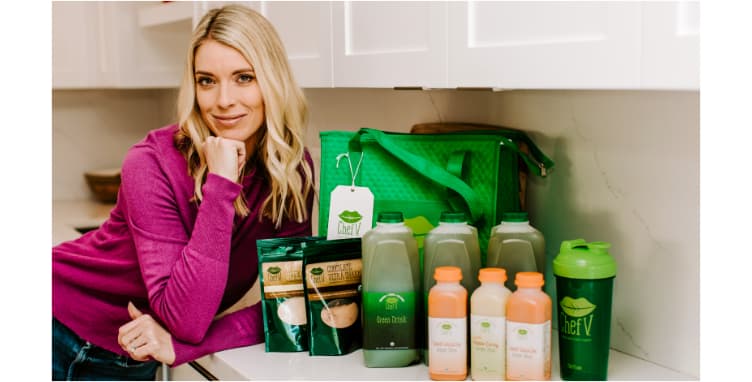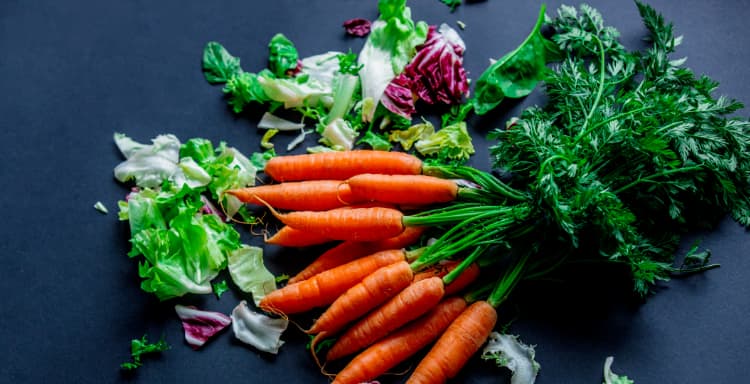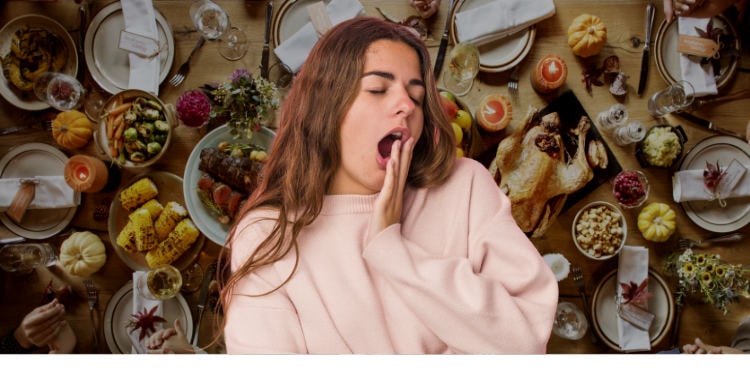
Monitoring your blood sugar? If you are pre-diabetic or suspect you are, monitoring your blood sugar levels is vital. But what levels should you shoot for and how do you test blood sugar? I explain and offer a few simple tips for helping keep blood sugar levels normal.
It’s so easy for someone like me, or anyone, really, to say, “avoid added sugars.” My Green Drink is one of the lowest sugar green drinks available. Check out the chart below and compare mine to the rest – the amount of sugar in the most popular “green juice” products is staggering.
You can think you are eating healthy and not realize your blood sugar is high. The only way to know for sure is to track it by using a meter.
Approximately 84 million American adults—more than 1 out of 3— have prediabetes, and more than 90% of people with prediabetes don’t know they have it. (Center for Disease Control)
Therefore, if you want to reduce your chance of becoming type 2 diabetes (or reversing it if you already have it), avoid high sugar foods and start monitoring your blood sugar levels.

What do the Numbers Mean?
However, if you monitor your blood sugar levels and just get a reading, that’s like weighing yourself on a scale. When you weigh yourself on a scale, what’s staring back at you? Just a number, right? The number on the scale doesn’t divulge how much of your weight is body fat or lean muscle or water weight. (Unless it’s a really good scale.) Sure, you can tell if your pants are feeling tighter. And if so, then, you’re probably storing body fat. Likewise, if you feel sluggish, moody or foggy brained, you might be able to conclude that you’re consuming too much sugar.
The name of the game in preventing full-blown type 2 diabetes is learning what foods (and drinks) will provide you with steady energy throughout the day. Food should make you feel energetic. But not hyper. And, of course, the reverse is true as well. After a meal, you shouldn’t feel like you need a nap.
Monitoring blood sugar levels: what’s a normal range?
If you’ve recently been diagnosed with pre-diabetes or just want to make sure you don’t develop diabetes, I recommend frequently monitoring your blood sugar levels. But first, you need to know what normal blood glucose levels are.
Now here’s the thing about normal blood sugar levels…. You’ll often come across two different charts. One will be blood sugar levels for people who don’t have diabetes. The other will be for people with type 2 diabetes. (I will be focusing this post on those with type 2 diabetes. Obviously for those with type 1 diabetes, like Whitney (her photo is below) the focus is also on preventing blood sugar levels from precariously dipping too low.)
If you have type 2 diabetes, I want you to shoot for normal blood sugar levels. But not for someone with diabetes. Rather, I want you to shoot for normal blood sugar levels for someone without diabetes. That’s because when you’re able to get your blood glucose levels down to normal levels, you’ll likely avoid any complications caused by systemic inflammation (nerve pain, for example).
With simple lifestyle changes, it’ll totally be doable. And I’ll share some simple tips with you shortly.
But first, let’s review what normal blood sugar levels are. Actually, even before doing that, you should know that you’ll want to monitor your blood sugar more than once per day.

Test Throughout the Day
By testing your blood sugar levels throughout the day, you will learn your body’s response to sugar. Blood sugar levels fluctuate throughout the day, in different ways for different people. Obviously, they can go up after eating. Blood glucose (the term “glucose” is interchangeable with “blood sugar”) can also lower after you exercise. Because of this, it’s a good idea to test your blood sugar levels after you take a walk after eating. That’s because you’ll get validation about how easy and simple it is to normalize your blood glucose. Just a 10-minute walk is all it takes!
Monitoring blood sugar levels: shoot for normal
As I say above, try to get your blood sugar levels down to that of someone without diabetes or pre-diabetes. According to this diabetes management website, your blood sugar level when you wake up before eating should be under 100 mg/dl. And before meals, normal levels are 70-99 mg/dl.
You’ll want to take your blood sugar levels two hours after a meal. And when you do test after a meal, blood glucose should be under 140 mg/dl.
Guidelines from the American Diabetes Association state that for those with type 2 diabetes, blood sugar 1-2 hours after a meal should be under 180 mg/dl (and from 80-130 mg/dl) before meals. But, again, to hammer the point home, I think if you have type 2 diabetes and are serious about reversing your condition, shoot for levels for normal blood sugar levels.
Over time, you’ll remember these numeric guidelines as easily as your own phone number. But if you’re new to monitoring blood sugar levels, make a note on your smartphone or use an app.
Another blood sugar range you should memorize is your A1c level. Your A1c level is more like a snapshot of your blood sugar levels over the last couple months. It’s more a longer-term overall picture of what your levels are. It’s a good idea to monitor both your everyday levels before and after meals, as well as your A1c level. But you don’t have to test A1c every day. Once a month is sufficient. Shoot for an A1c level of less than 7%.

Monitoring blood sugar levels: Chef V’s easy tips for lowering blood sugar
Want to lower your blood sugar levels? I realize sometimes it’s really hard to make lifestyle changes. But I truly believe these following tricks to manage diabetes can produce noticeable results in a short time.
#1: After you wake up and monitor your blood sugar, drink 8-16 oz. of pure water. Squeeze a bit of lemon juice into the water.
#2: About a half hour after drinking water in the morning, have 16 oz. of Organic Green Drink. The seven green, leafy veggies in Green Drink are clinically proven to increase insulin sensitivity.
#3: Always have my Easy Trail Mix with Goji Berries with you. Whether at home, at school, at the office or in the car, if you feel hunger, tame it with my recipe. My version of trail mix has low-glycemic, delicious berries that are good for you and won’t spike your blood sugar.
#4: Eat healthy fats! I’m shocked how many people still think that eating dietary fat will make you fat. On the contrary, it’s sugar and starchy carbs that make you fat. Furthermore, dietary fat can help you actually burn body fat. So eat a moderate amount of nuts, avocado, wild salmon, olives and olive oil. These fats will also help you feel full so you won’t be tempted by sugary snacks.
#5: Take probiotics. You need more good bacteria in your gut to help fight yeast overgrowth and other harmful bacteria in your belly. When you have too much yeast or bad bacteria, you crave more sugary foods. That’s because the yeast like to feast on sugar. And when the yeast fungus is hungry, they send a signal to your brain for more sugar.
Monitoring Blood Sugar Levels: Keep your eye on the prize!
I’ll be offering more tips that hopefully you’ll find helpful in the near future. Until then, start monitoring blood sugar levels at least a few times a day. And shoot for normal, normal. Not diabetes, normal. Good luck! I know you can do it. With just a few weeks of constant monitoring and a daily Green Drink, you’ll likely see positive results!

